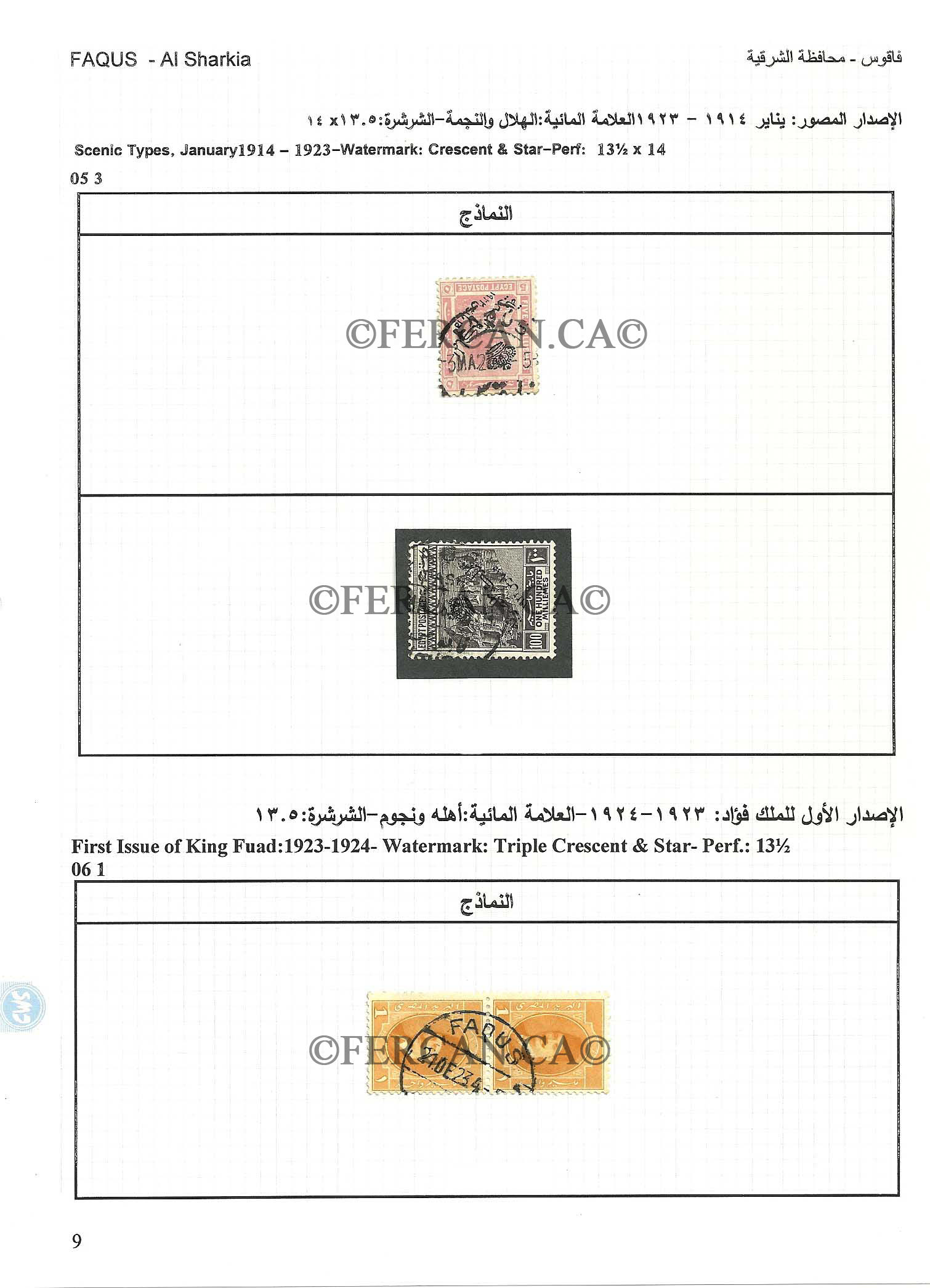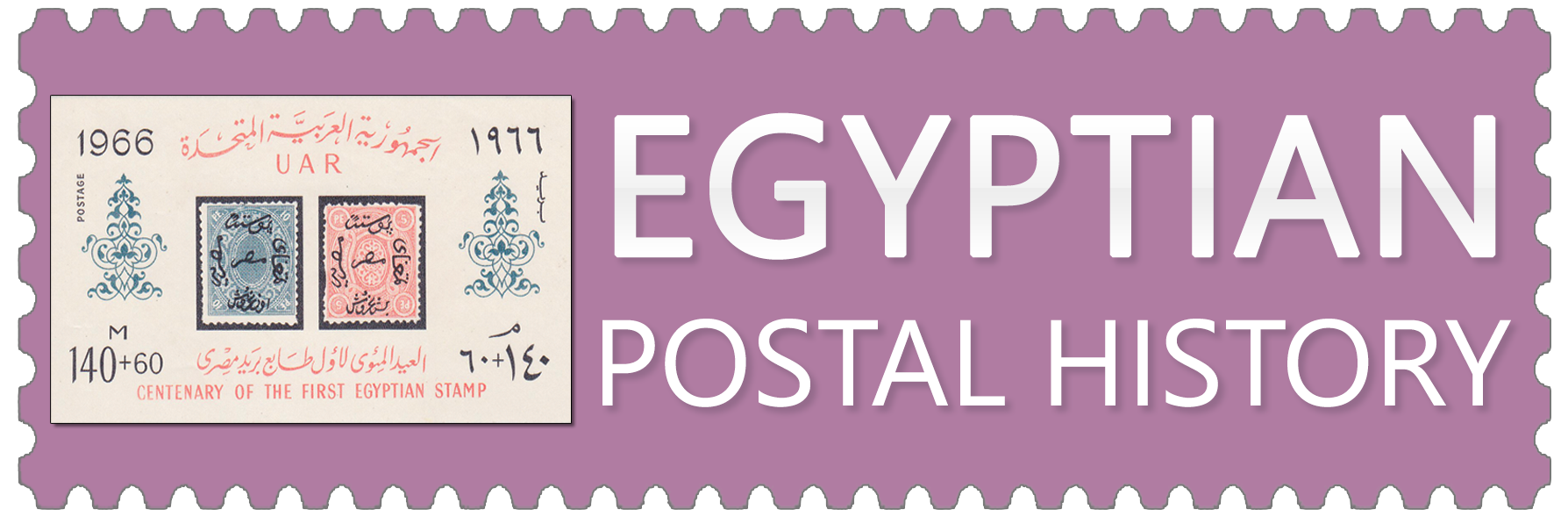The city of Faqus has undergone many name changes throughout its long history. The name of Osem Town was mentioned in historical books as the capital of the 20th province in the Pharaonic division of provinces in Egypt. The name of Osem was also mentioned in the Torah as Jo Shm, and is the same region that was inhabited by the Hebrews. Prophet Joseph had lived there. It was mentioned in Roman writings by the letter ‘F’ and was the capital of this region during the Greek and Roman eras. After the Arab conquest, it was named Faqus. Some historians think it was named Fagus or Bagozen by the Hebrews; this name means the Land of Development. Gerar wrote in Sadek Al-Kahen magazine, that “…Faqus had the name of Jasem in the Pharaonic era, and then the whole region was named Jasan. In the Roman era it was named Faqus, and in the Coptic-Roman era it was named Arbea or T-Arbea”.
Faqus occupies the second rank in the list of cities that have a very high population density in Al-Sharqia governorate. It contains 62 main villages, 11 local rural units, and 728 manor-houses and hamlets.
The city of Faqus has a number of historic sites, such as:
- Kantir village, which is the local unit in Sama'ena, a village in Faqus central district. It contains monuments that date back to the age of King Seti and Ramses II. King Seti I, the second king to rule Egypt during the 19th Dynasty (1290-1223 BC), had a castle built for himself there. Then his son, Ramses II, ordered workers to construct a city for him there, which he declared to be the ruling headquarters of Egypt. It contains many important items of pottery and small blue slabs that have hieroglyphic words written on them describing the educational methods at that time, as well as the name and nickname of Ramses II, who was the third king to rule Egypt during the 19th Dynasty. It is believed that the current cemetery of the village and its surrounding area is located on the ruins of the castle built for King Seti I. The monuments found there indicate the existence of the ancient capital of the largest empire in the east.
- Al-Khata'ena, also known as El-Dab'a Hill, is the local unit in Dedamon. The ruins of an old temple that had a hall, columns, and a number of granite statues were found at this site. The temple dates back to the Middle Kingdom. Some houses that date back to the same age (1778-2134 BC) were also found there.
- Roshdi and Helmi Manor, the local unit in Dedamon, is a site where some statues and the old temple gate were found. All of these findings date back to the Pharaonic era.
- El-Salatena is a pigeon trading center.
- El-Dab'a Hill is 45 kilometers from Zagazig city, and is under the jurisdiction of Faqus central district. It is one kilometer from Faqus and was the headquarters of the Hyksos people (1778-1570 BC). It occupies 7 kilometers of the land north of Faqus and contains more than 8,000 monuments.
- Ibrahim Awad Hill is located in Um Ajram village, under the jurisdiction of Faqus central district. The many monuments excavated from this hill date back to the beginning of the Dynasties, and the Old Kingdom and Middle Kingdom.








